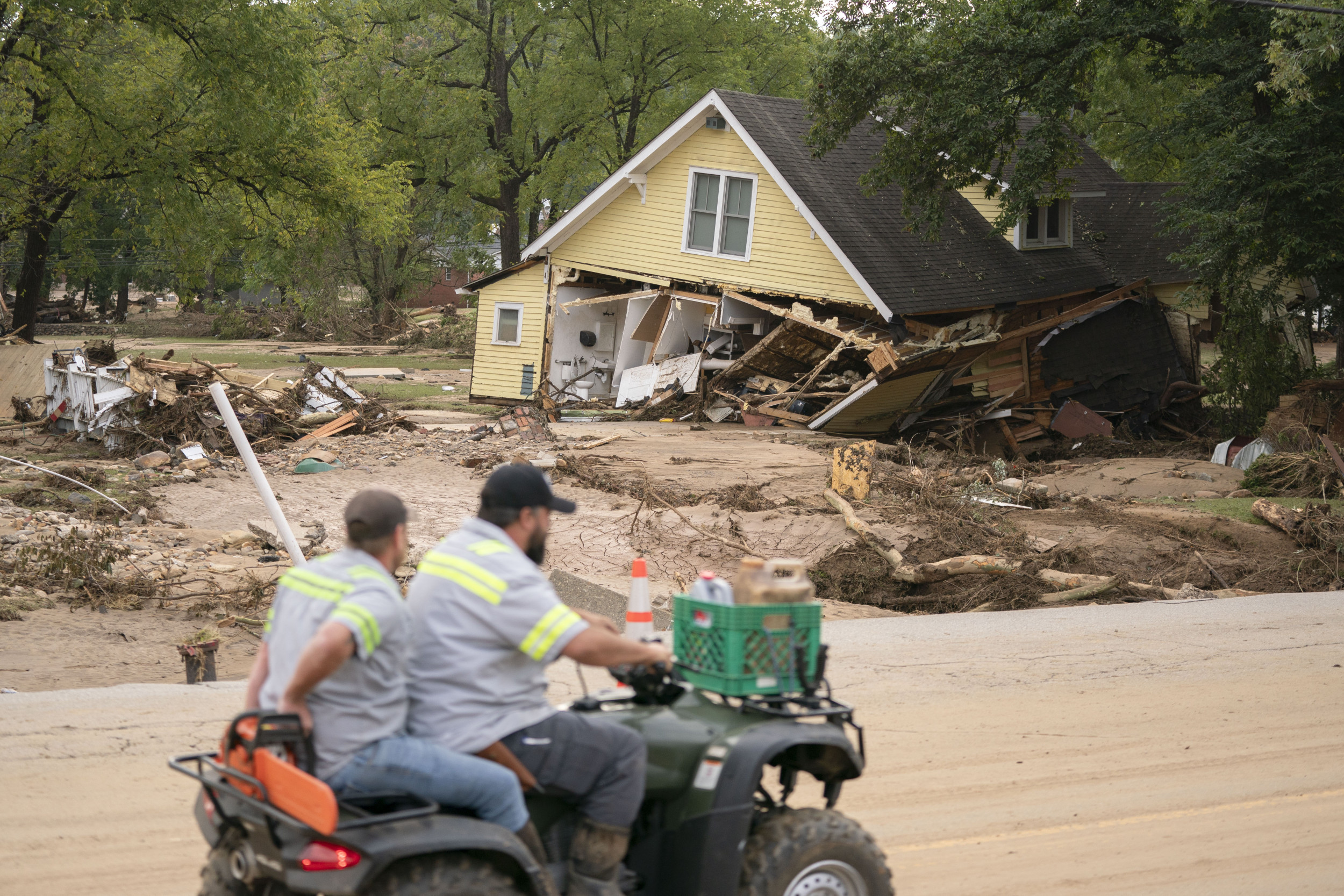Nearly three weeks since Hurricane Helene ravaged North Carolina, officials are still working to identify 13 out of the 95 confirmed victims. The North Carolina Department of Health and Human Services has updated its figures, confirming that while fatalities have risen, many victims remain unnamed, underscoring the challenges faced in the storm’s aftermath.
Data from the department reveals that most deaths were attributed to flooding, resulting in landslides, drownings, and blunt force trauma. Drowning was the leading cause of death, claiming 32 lives, followed by 20 from landslides and 18 from blunt force injuries. The mountainous regions were hit hardest, as they are usually less prepared for such severe tropical conditions.
Buncombe County recorded the highest number of deaths linked to the storm at 42. Other affected areas include Yancey County with 11, Henderson County with seven, and Haywood County with five. According to Buncombe County Sheriff’s Office spokesperson Christina Esmay, initial estimates of over 70 deaths in the county were exaggerated. As more details emerged, they could clarify which deaths were directly related to the hurricane.
The victims’ ages varied widely, from a 4-year-old girl killed in a vehicle accident to an 89-year-old woman found after floodwaters destroyed her home. Some remains were located more than a week post-storm.

During a recent news conference, Governor Roy Cooper addressed the ongoing recovery efforts, stressing that the death toll is not final. “This count will fluctuate as more reports arrive and when others are resolved,” he said. A task force has been set up to assist local law enforcement in checking on 89 missing individuals, while the North Carolina Department of Public Safety is collecting information from various agencies regarding these cases.
The recovery process has also been hindered by a surge of misinformation circulating online about disaster relief, complicating aid efforts and endangering federal responders. Governor Cooper warned that this misinformation not only confuses survivors and responders but also fosters threats against workers.
As officials work towards recovery, they encourage the public to rely on official channels for information and to report missing persons to local law enforcement.
